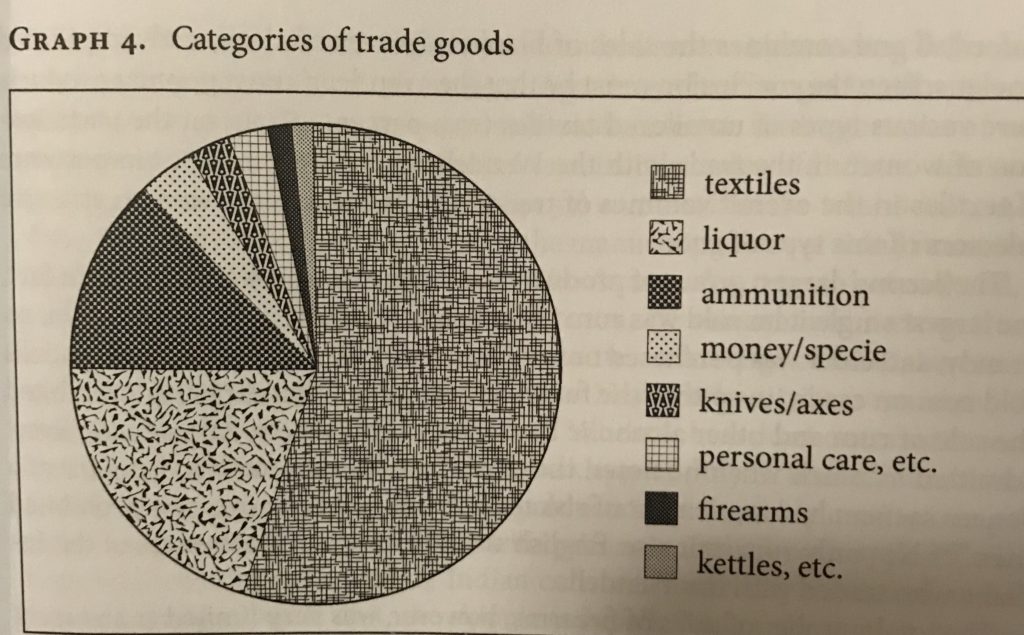Adventures in the Fur Trade
*I apologize for providing you all with the roughest of drafts. It’s been a hectic few weeks so I haven’t gotten much work done on this project*
Why Do We Call it the Fur Trade?
I asked a group of college educated (though not in history) students what was traded in the fur trade, I had two main responses. The first, “fur”. The answer was simple, to the point, and did not require much thought. The other response I received more than once was “I don’t know but when you tell me I’ll feel stupid for not knowing.” Once response that stuck out was, “They were trading humans for fur”. These answers presented me two questions, “why do we call it the fur trade?” and “how can we improve basic understanding of such an important time in the continent’s history?”
The Fur Trade began in the 1500s, coinciding with both the “discovery” of America as well as a growing market for fur hats in Europe. It’s dedication as “The Fur Trade” soon followed. Records from early explorers, such as Samuel de Champlain’s The Foundation of Quebec, 1608, refer to the business as the Fur Trade. However this term is, in some ways, a misnomer. As can be seen with the students from earlier, there is a lack of understanding of what the fur trade was past what its title reveals. In actuality, for Native American traders, the fur trade was about much more than fur. It involved cloth, alcohol, weaponry, and food. By some historians accounts, trade became a method of survival.
(I will add more information here about statistics, prevalence of the trade, and the use of Evert Wendell’s account book as a primary source document.)

Creating another name for the fur trade would be arduous, and most likely unsuccessful, however, that does not mean that the current state of discussing the trade should be kept. Interactive learning can bridge this gap between the realities of history and how it is taught. Through use of an interactive timeline and a Choose-Your-Own-Adventure Twine game, I hope to increase awareness of the purpose of the fur trade for European and Native American participants alike.
(The game is in its early stages, as I am still figuring out how to work Twine. I am open to all suggestions regarding making gameplay fun/easier to work.)
One Comment
Maeve Kane
If the game is the centerpiece, I would rather see the focus just on the game–do you even need your intro section? I think you could jump straight to the game. If you want to keep the Wendell/primary section, perhaps move it to the end of the game, like the credits.
On the character select, it would be helpful to have the descriptive text displayed along side the character names so that there’s not so much clicking back and forth to select a character. You’ve also got a lot of unnecessary capital letters in your character descriptions! Only proper names get capitals!
I don’t see anything in your file beyond the character select, is that intentional? I thought I saw you working on a lot more branches.